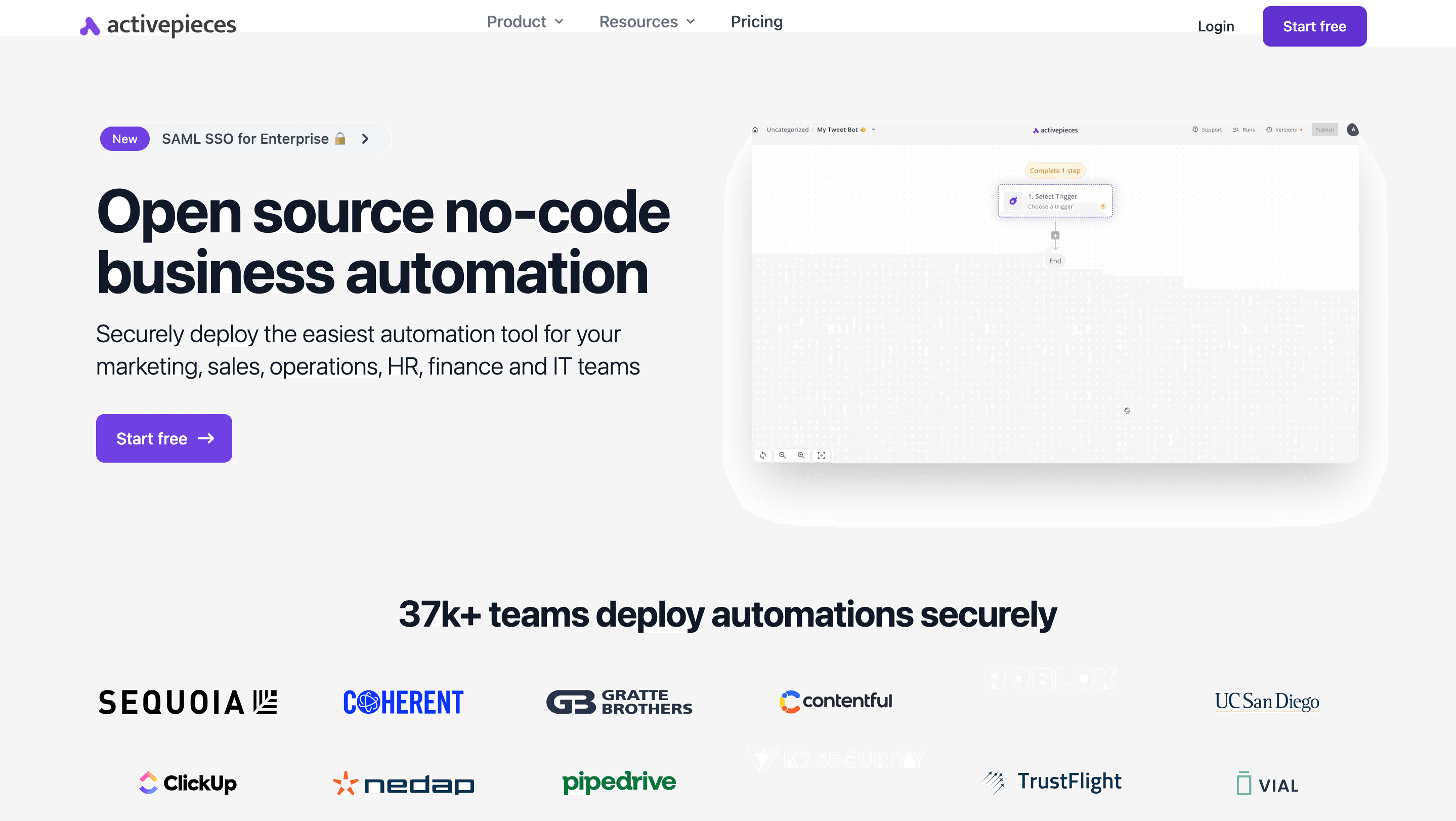5 Essential Methods of Protecting Insurance Companies
In an increasingly prevalent era of data breaches and cyber threats, protecting sensitive information is paramount for insurance companies. The vast amounts of personal and financial data they handle make them prime targets for cybercriminals. Ensuring the security and privacy of this data is not just a regulatory requirement but also a vital component of maintaining customer trust.
Insurance Data
Insurance companies use different kinds of data to perform various insurance operations; the kinds of data include
Customer Data Personal Information, Demographic information, financial information, etc are used to tailor insurance solutions suitable for the customer.
Risks Assessment Data The data collected for risk assessment depends on the risk item: health, landed property, automobile, etc. Data regarding the insured item is requested and assessed for possible payout in any of those cases.
Claims Processing Data Data such as Date, time, location of incident, description of loss, photos, and videos are collected to streamline claims processing. This data is then used to proffer Claims solutions such as Repair or replacement of damaged property, medical expenses, payouts, etc.
Basic Insurance Operations
Underwriting and Risk Assessment Underwriters use various data sources, including customer information, property details and historical claims data to assess the risk of insuring an applicant and determine appropriate premiums.
Policy Management and Administration Issuing, managing, and renewing policies involves handling a significant amount of customer data like policy details, coverage specifics, payment information, and communication records.
Claims Processing When a claim is filed, data such as details about the incident, communication records with the policyholder and adjusters, repair estimates, and settlement details are collected and processed.
Customer Service and Relationship Management Insurance companies use customer data to personalize interactions, offer targeted recommendations for coverage, and provide efficient service.
Fraud Detection and Prevention Insurance companies use sophisticated algorithms to analyze claim data and identify patterns that might indicate fraudulent activity. This data can include claim history, repair costs, and inconsistencies in reported information.
Methods of Protecting Insurance Data
Here are 5 essential methods for protecting insurance data:
Data Encryption Encryption is one of the most effective ways to protect sensitive data. By converting information into a coded format that can only be accessed with a decryption key, encryption ensures that data remains secure both in transit and at rest. Encryption standards such as (AES) and secure protocols like SSL/TLS can be used in insurance companies for data transmission. Implementing full-disk encryption for devices and encrypting databases can further safeguard against unauthorized access.
Access Controls Implementing robust access controls is critical to ensuring that only authorized personnel can access sensitive data. This includes:
- Role-Based Access Control (RBAC) Assigning permissions based on an employee's role within the organization ensures that individuals only have access to the data necessary for their job functions.
- Multi-Factor Authentication (MFA) Adding an extra layer of security by requiring multiple forms of verification (e.g., password and a biometric scan) significantly reduces the risk of unauthorized access.
- Least Privilege Principle Granting the minimum level of access required for an individual to perform their job minimizes potential exposure to sensitive data.
Secure APIs and Integrations APIs (Application Programming Interfaces) are essential for integrating various systems and applications within an insurance company. However, they can also be a potential security vulnerability if not properly managed. To ensure secure API usage:
Use API Gateways API gateways provide a single entry point for all API traffic, enabling centralized management, monitoring, and security.
Implement API Security Best Practices
This includes using secure authentication (e.g., OAuth), ensuring proper data validation, and regularly updating API endpoints to mitigate vulnerabilities.
- Security Audits and Penetration Testing Insurance companies can strengthen their defences against data breaches by being proactive in identifying and mitigating security risks. Continuous monitoring and regular security audits can reveal potential vulnerabilities within an insurance company's IT infrastructure. Conducting penetration tests simulates cyber-attacks to uncover weaknesses that could be exploited by malicious actors.
- Employee Training and Awareness
Human error is often a significant factor in data breaches. Ensuring that employees are well-versed in cybersecurity best practices is crucial for protecting sensitive information. Comprehensive training programs should cover:
Recognizing Phishing Attacks Educating employees on how to identify and avoid phishing scams can prevent unauthorized access to sensitive data.
Secure Data Handling Practices
Training employees on proper data storage, transfer, and disposal methods helps prevent accidental exposure of sensitive information.
- Incident Response Protocols Ensuring that employees know how to respond in the event of a data breach can minimize damage and facilitate quick recovery.
Choosing Secure Tools For Insurance
In the insurance industry, where sensitive client data and financial information are paramount, selecting secure tools is crucial. Factors like encryption, data control, activity log and maintenance should also be considered. The best automation tool possessing these qualities and delivering as expected is Activepieces.
Activepieces is an automation tool that takes data security and regulation compliance as a priority while streamlining and automating your workflows.

Activepieces On-Premise Advantage:
For organizations with strict data security requirements or regulations that limit cloud storage, on-premise solutions offer an edge. Here's where Activepieces' on-premise capabilities can be a strong selling point:
Data Sovereignty: Data remains within your organization's infrastructure, potentially meeting specific compliance needs.
Enhanced Security Control: You have more control over user access, network security, and system configurations.
Implementing these five essential methods in insurance companies can significantly enhance the data security of insurance companies. In doing so, insurance companies can comply with regulatory standards and also maintain the trust of their customers in an increasingly digital world.